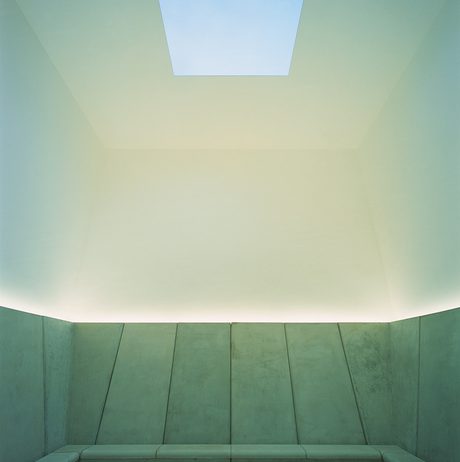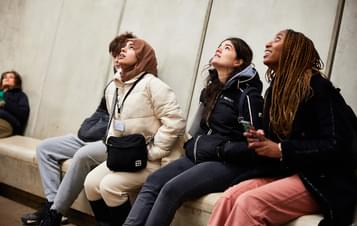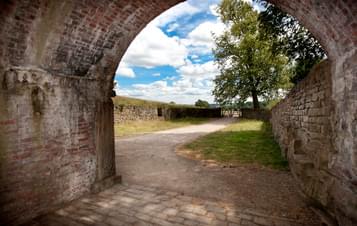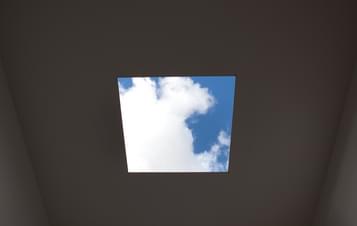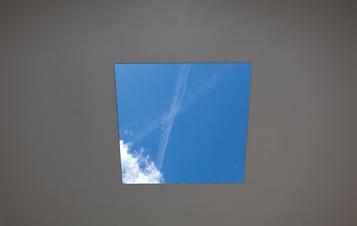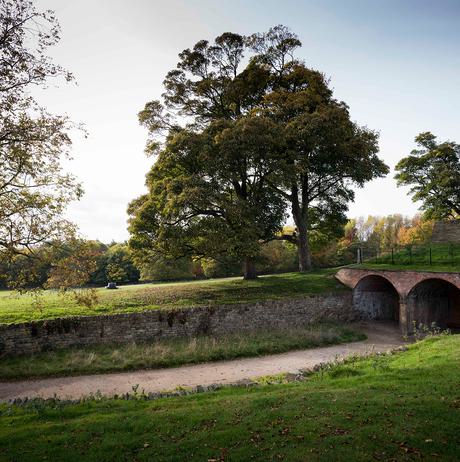
James Turrell: Deer Shelter Skyspace
Art Outdoors /James Turrell: Deer Shelter Skyspace
James Turrell’s practice is concerned with light and space, and he has been building Skyspaces since 1974. A Skyspace comprises a chamber containing only seating, lighting and an aperture in the ceiling through which to view the sky. They give space for thought and alter our perception of light.
In 1993 Turrell stayed at YSP’s Archway Lodge whilst working on a commission for the Henry Moore Sculpture Trust Studio in nearby Halifax. Whilst exploring the landscape he became fascinated by an 18th century deer shelter in what was once the estate’s Deer Park. He drew up plans for a Skyspace within the structure, but the project was not realised until 2006, when The Art Fund enabled the commission through their generous support.
The Deer Shelter Skyspace creates a place of contemplation and revelation, harnessing the changing light of the Yorkshire sky. It allows us to take time to sit, to think, and to contemplate; an open invitation to access a peacefulness that is often denied in our busy lives that abound with technology and speed.
You might also like
- Art Outdoors
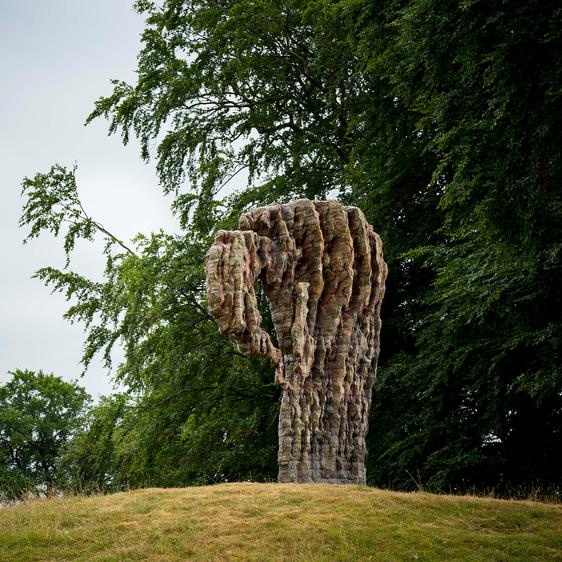
Ursula von Rydingsvard: Heart in Hand
Heart in Hand relates to an earlier, larger work called Luba that was made in cedar and bronze, and is on permanent display at Storm King Art Center in upstate New York. Both works are intended to suggest a sense of protection and nurturing, like the arm of a mother cradling a baby. - Art Outdoors

Jonathan Borofsky: Molecule Man 1+1+1
- Art Outdoors

Henry Moore: Upright Motives No. 1 (Glenkiln Cross): No 2; No 7
Moore created twelve Upright Motives in the mid 1950s. In their powerful symbolism these pieces owe much to the tall, upright stones, known as menhirs, from prehistoric times. Moore brought all these influences together to create forms which are unmistakably his own. - Art Outdoors

Henry Moore: Large Totem Head
This sculpture is enlarged from a much smaller work made five years previously called Head: Boat Form and the resemblance to a hollowed-out boat remains clear. However, unlike that sculpture, which sat horizontally, Large Totem Head is raised to a standing form, assuming the totem-like presence of its title.
